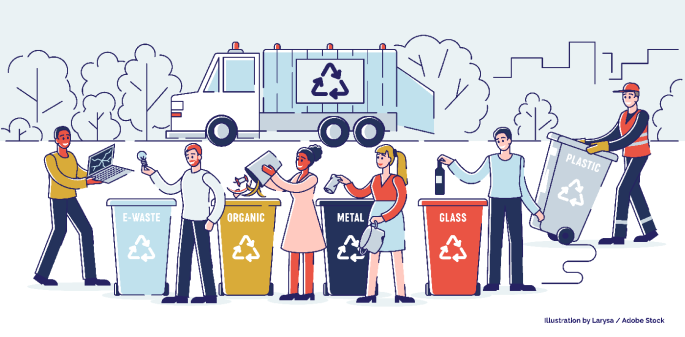
As modern workplaces become more environmentally friendly, many companies are conscious of the footprints they leave behind. Every day, businesses might produce waste like paper, plastics, and other disposable materials. These excesses can be processed through a recycling program, an eco-friendly solution that reduces our landfill output.
Recycling initiatives are easy and affordable to implement in the workplace. However, the program’s success relies on everyone following the correct protocols. Problems may arise when some employees forget to sort their waste in the proper recycling containers. If incompatible materials are mixed together in the same collection bin, it diminishes the effectiveness of your recycling efforts.
Fortunately, you can optimize the recycling separation process and minimize the likelihood of mix-ups. Here is a guide on how to separate recycling bins in the workplace:
What needs to be recycled in the workplace?
Recycling separation begins with recognizing what materials your company uses. If you work in an office, you may have lots of paper that move around from desk to desk. On a construction site, you will find building materials. Other businesses may accumulate metal from fabricating products. Whatever your place of work produces and uses, there is usually waste that needs disposal. Check to see if these materials are potentially recyclable.
In large organizations, you should work with other business divisions to create a synchronized recycling program. Your department may accumulate different materials than another sector of the company. Make an inventory of all the possible recyclables at your workplace. Once you have a curated list, you will understand which recycling stations your company needs.
Waste management & recycling guidelines
Keep in mind that not all waste materials are recyclable. Just throwing your waste into one container and shipping it off to the recycling depot doesn’t work. You need to understand what the recycling depot will and will not accept. In addition, certain items can be recycled together, but others cannot. If the materials get mixed up, it will halt productivity at the depot while workers sort the waste properly.
Do your research and get as much information as possible about the recycling guidelines. Your recycling depot will have protocols for collecting and sorting materials properly. It’s better to familiarize yourself with the right policies to save you time and improve efficiency.
Recycling separation bins
Instead of single-stream recycling, you should try source separated recycling instead. This method describes your efforts to isolate the materials at the point of waste generation. It is accomplished by placing multiple recycling separation bins in your workplace. Source separated recycling decreases contamination since materials are placed in the correct containers with higher accuracy.
You don’t need a separate collection bin for every material since some items can be recycled together, such as paper and cardboard. However, conflicting materials should never be sorted together. Provide instructions about the purpose of each recycling separation bin so that everyone becomes accountable for what they throw away.
Appropriate place to store waste and recyclables
The placement of your recycling separation bins plays a significant factor. You want to be as organized and efficient as possible, making it easy for staff to properly separate their recycling. Designate several dedicated areas in an office or warehouse for recycling separation. When the containers are in a familiar location, workers will know where to find them and quickly separate their recyclables.
For all recycling separation bins, make sure you regularly monitor the usage to avoid overflow. If a container becomes full, it creates inconvenience and confusion. Some materials may be placed in the wrong bin or thrown away as general garbage. Tracking your recycling bin consumption also informs you if the company needs additional containers in high-traffic areas.
What cannot be recycled?
As mentioned earlier, some specific items cannot be recycled. The list of prohibited materials may differ depending on each community. In general, the following items should not be included in the recycling separation process:
- Disposable Cups: Although these items may seem like paper products, they are lined with a form of plastic called polyethylene. Styrofoam cups also cannot be recycled for similar reasons.
- Used Food Containers: In their unused forms, cardboard containers may be okay for recycling. Once they have food residue, these materials cannot be included in recycling separation.
- Chemical Containers: Any materials with foreign contaminants should not be included in the recycling bins. They are affected by recycling contamination, which will impact other materials in the same container.
Depending on your recycling facility, they may or may not accept lightbulbs, batteries, ink cartridges, and even shredded paper. Do your research to clarify any questions regarding how to separate recycling bins and what can and cannot be recycled in the workplace.











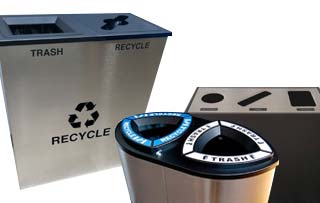









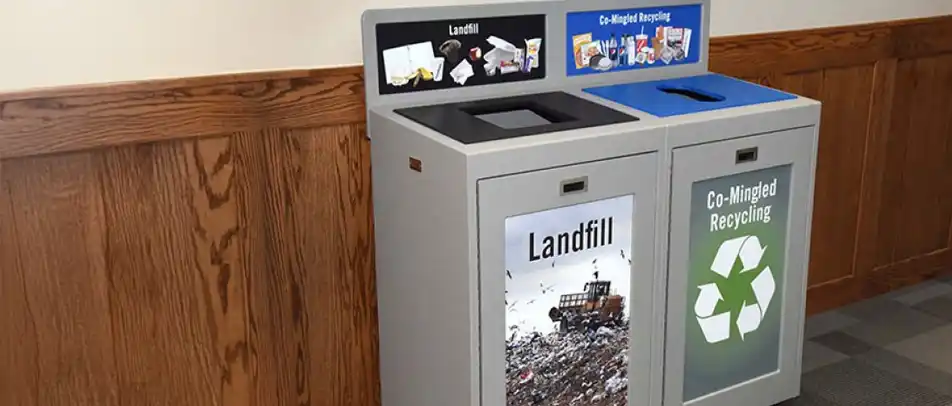










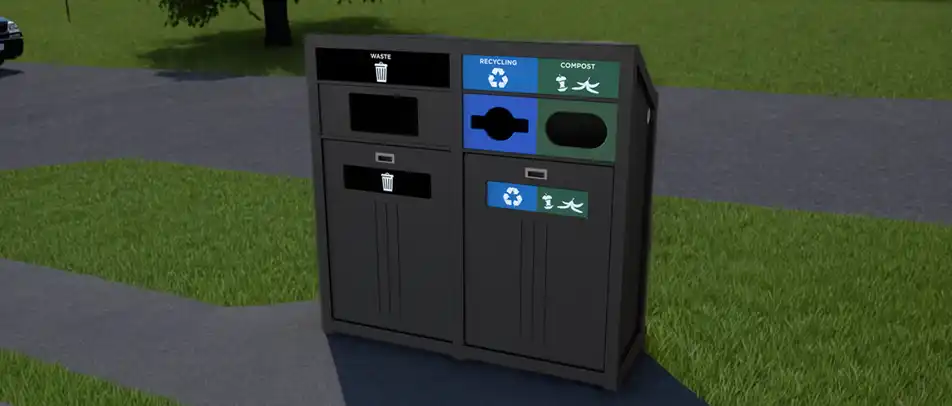












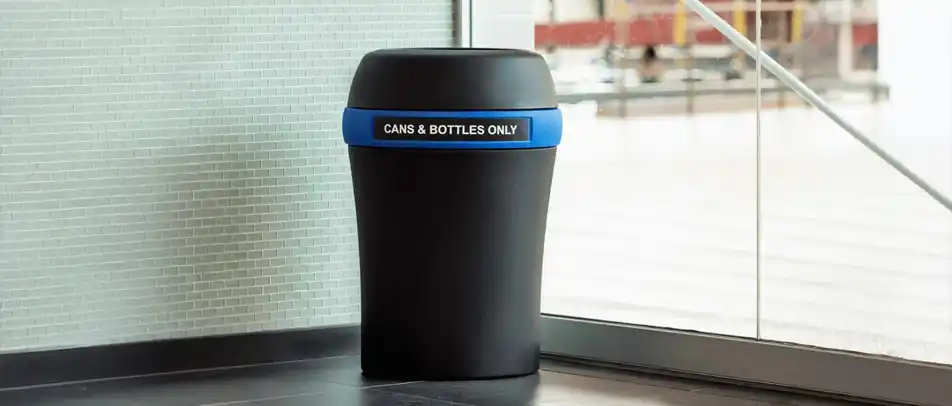









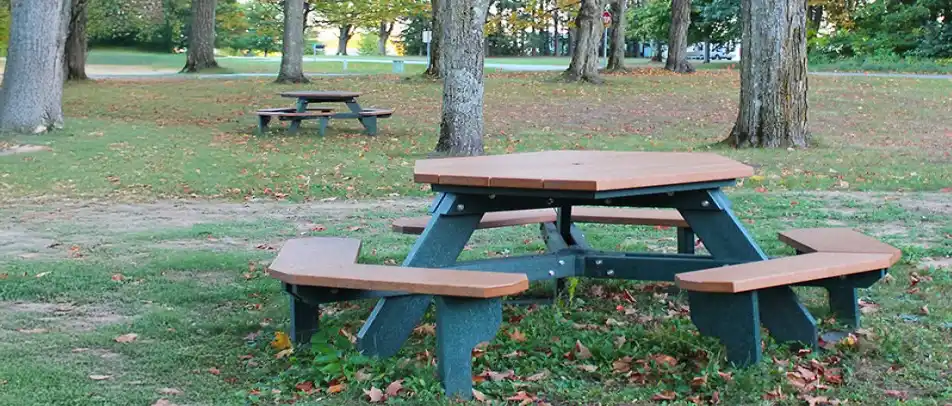
































 Three Ways to Engage Teams and Clients to Maximize Your Recycling Program Engagement
Three Ways to Engage Teams and Clients to Maximize Your Recycling Program Engagement  How to Integrate Accessibility Into Your Sustainability Planning
How to Integrate Accessibility Into Your Sustainability Planning  Why Park Benches Can Promote Workplace Well-Being
Why Park Benches Can Promote Workplace Well-Being 
